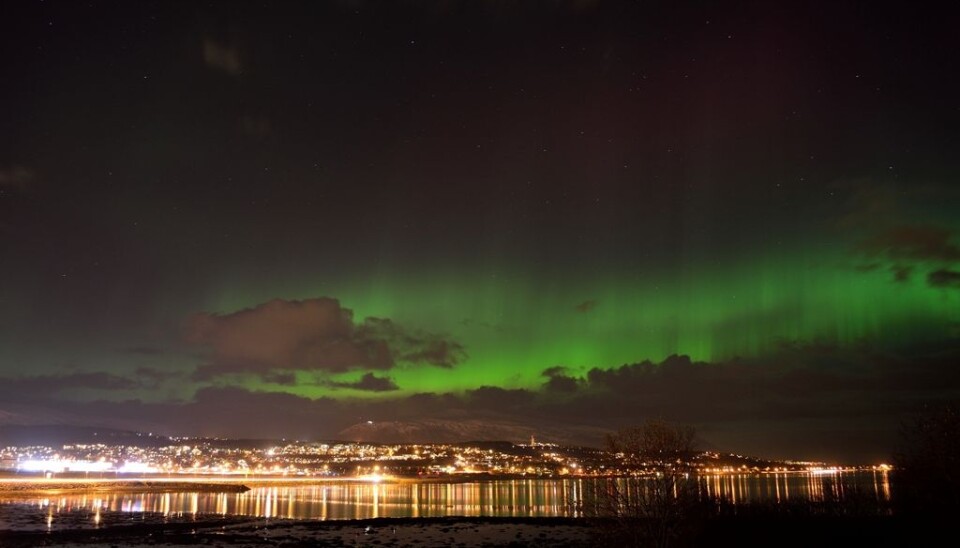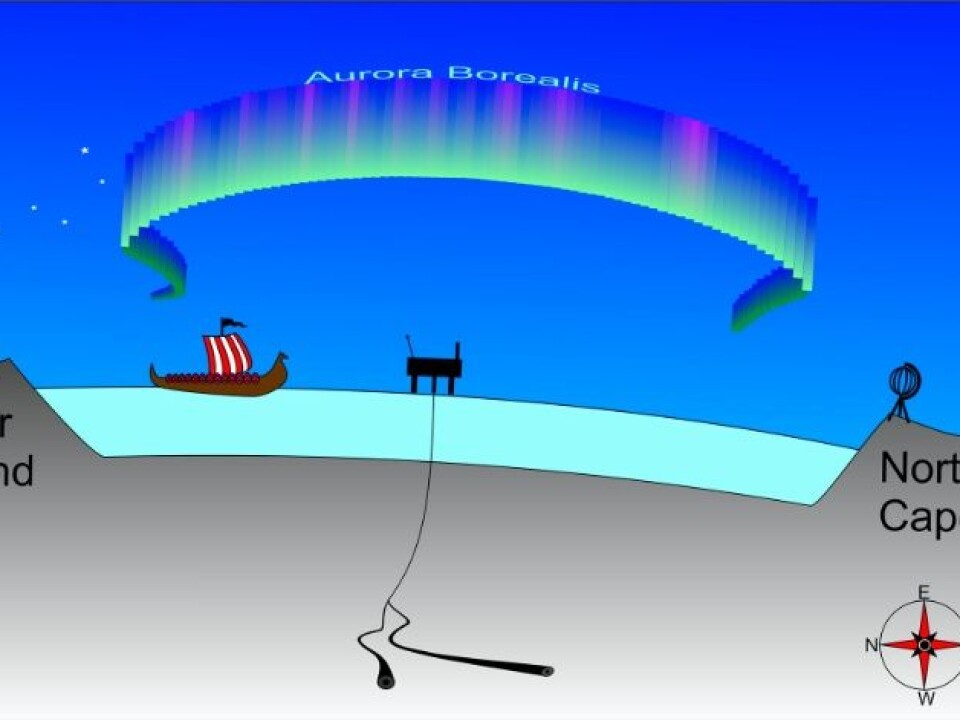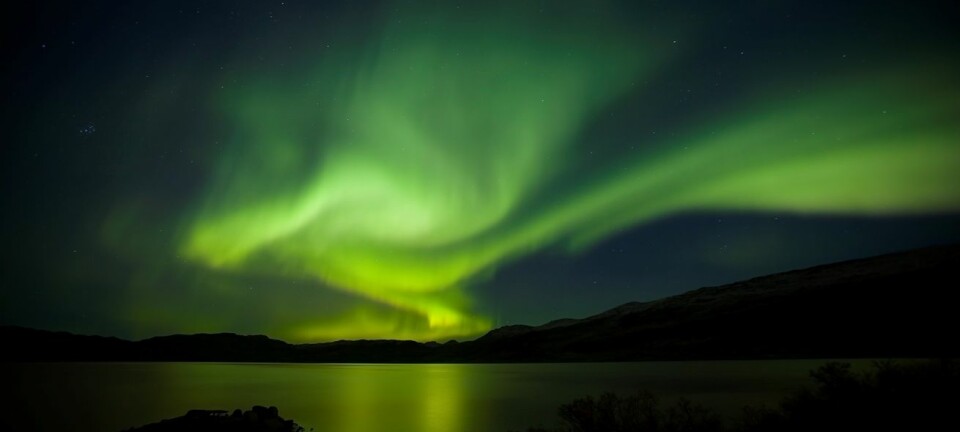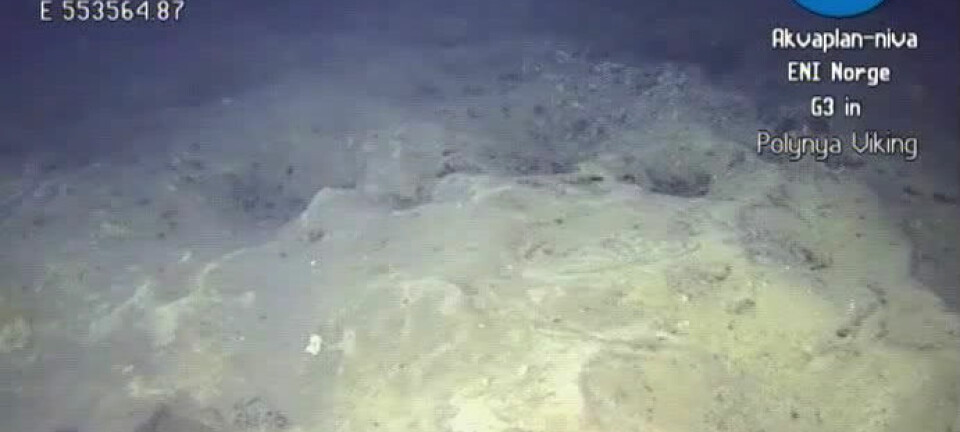An article from University of Tromsø – The Arctic University of Norway

Northern lights makes drilling for oil difficult
It may sound strange, but northern lights and oil drilling are affected by the same phenomenon.
Researcher Inge Edvardsen has studied challenges in drilling arising where the northern lights dances above the landscape. Turns out drilling a straight well in the Barents sea isn't particularily simple.
In well drilling it is important to steer the drill head in the right direction, and a variety of instruments are used to control the process. The position of the drill is measured with sensors, that among other things keeps track of the vertical and horizontal positions. This is known as "directional driven" drilling.
The sensors that measures the direction of the drill head are also driven by magnetism, and this is where challenges arise when drilling takes place in areas with much northern lights.
The sensors in the drill are affected by the solar particles that are hurled toward Earth, and according to Edvardsen, there will be cases where the horizontal directional angle is affected 1-5 degrees in areas with strong northern lights.
Greater uncertainty further north

Edvardsen explains that in general, uncertainty for directional drilling increases the further north you go. This is related to the physical properties of the Earth's magnetic field. Compared to wells in the North Sea, the inaccuracy for wells drilled in the Barents Sea is doubled.
This means that a well with an uncertainty of 100 meters in the the North Sea, will have an uncertainty of 200 meters in the Barents Sea. In addition, drilling in the Barents Sea is affected by variations in the Earth's magnetic field caused by solar particles.
Variations are calculated from measuring stations on shore
Edvardsen writes in his thesis that increased precision during drilling in the Barents Sea has been a focus area for both oil companies and suppliers in recent years.
"My work has led to proposed new methods and procedures where we correct for magnetic disturbances," says Edvardsen.
"These methods includes among others the use of measurement stations on shore. At these measurement stations fluctuations in Earth's magnethic field are recorded, which in turn can be used to correct measurements made in the wells."
Proposes measuring station on the ocean floor
During his doctoral work, Edvardsen has also observed that the distance to the land-based stations can sometimes be too far to be able to perform the necessary corrections.
In his thesis, he recommends to set up measurement stations on the ocean floor when drilling wells in the middle of the Barents Sea. The drilling can then be carried out with greater precision.
Translated by: Stephanie Hansen


































